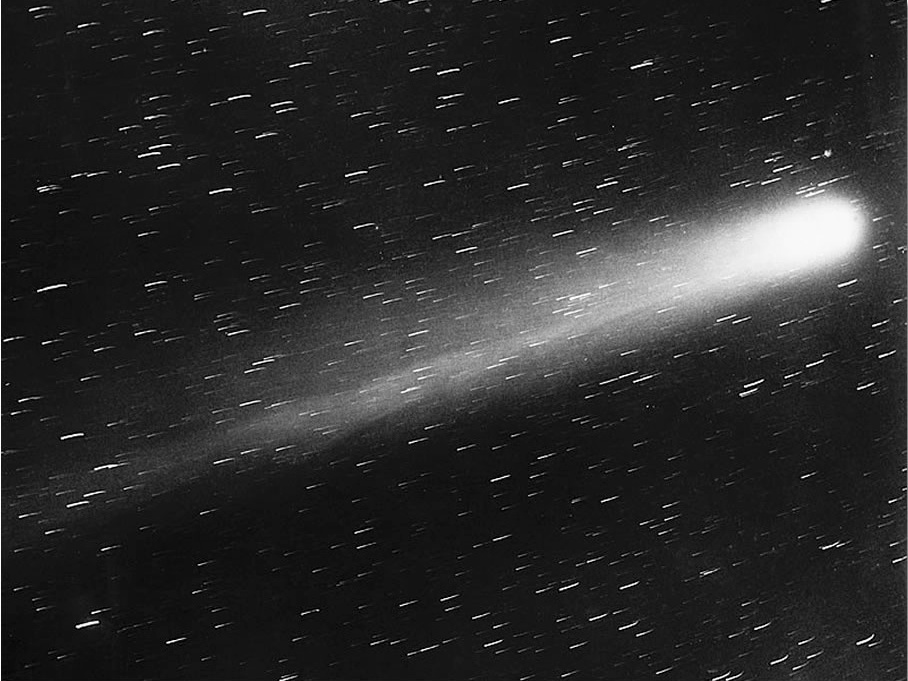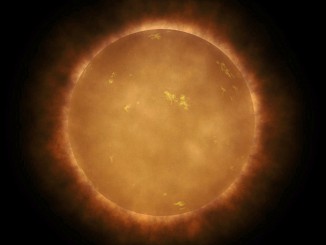
Halley’s Comet is one of the most famous comets and can be seen from the Earth every 75 years. The last time was in 1986, the next time will be in 2061. Despite this regular return, the comet’s orbit cannot be predicted exactly. This is partly due to processes inside the comet and partly because the orbit of Halley is disturbed by the chaotic interaction with the planets and minor bodies in the solar system.
The prevailing view among astronomers is that the orbit of Halley’s Comet cannot be calculated exactly because the orbit would be chaotic on a time scale of only seventy years. The team of astronomers has now shown that the comet’s orbit is stable for more than three hundred years. That’s much longer than expected.
An accurate integration of the orbits of the eight major planets and Halley’s Comet for the next 10,000 years. Illustration credit: Beokholt, et al.
“We did the most accurate calculations of Halley and the planets ever,” said researcher Tjarda Boekholt (Leiden University). “To our surprise Halley’s orbit was most strongly influenced by the planet Venus and not by Jupiter, the planet that was always pointed to as the biggest spoiler.”
In about three thousand years the comet will approach the planet Jupiter relatively close, so Halley will get a big push. From then on Venus will no longer be the main perturber and Jupiter will take over this role. “After that predictions of the orbit become less accurate, because the precise effect of Jupiter’s gravity introduces a relatively large error in our calculations,” says fellow researcher Inti Pelupessy (Leiden University).



